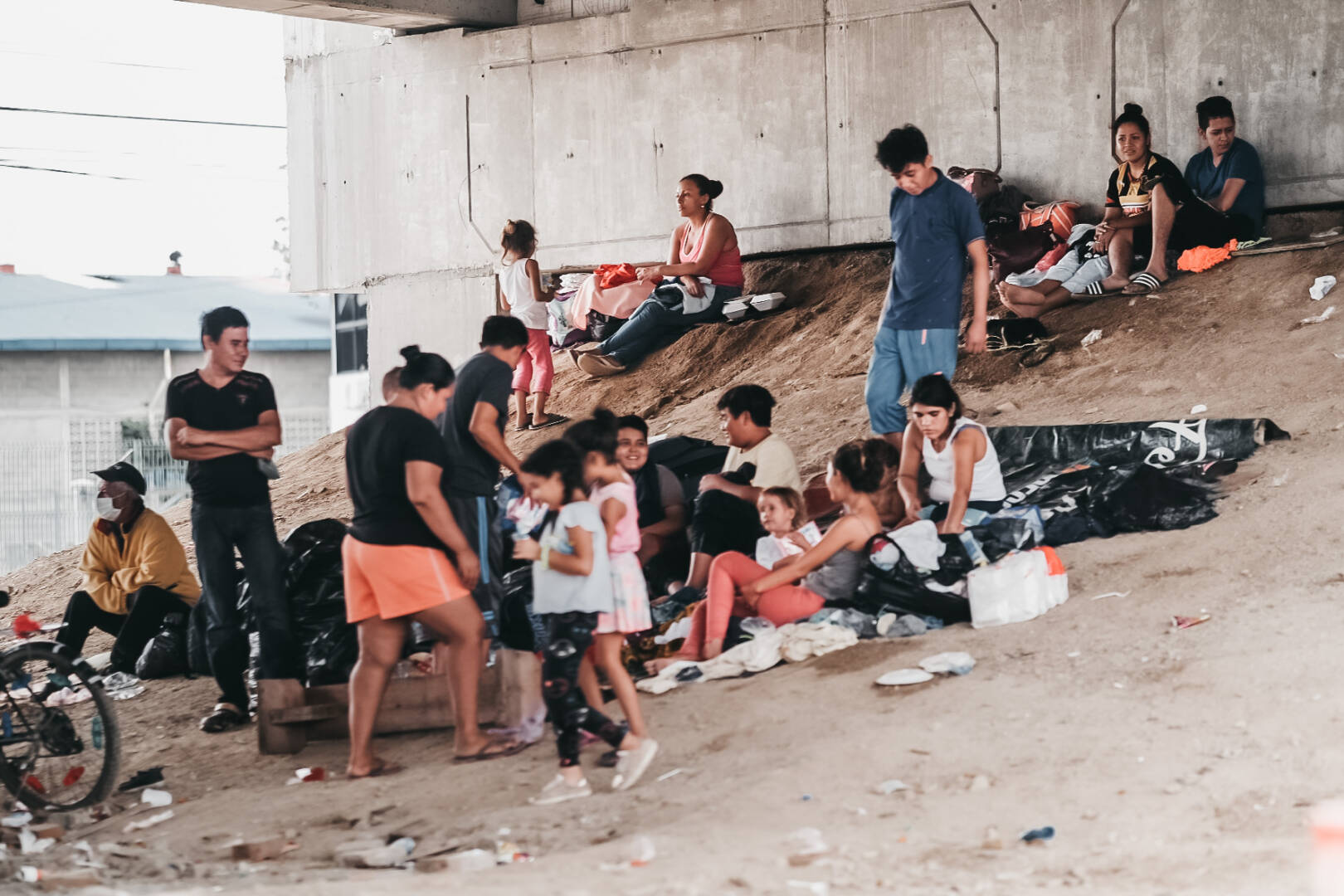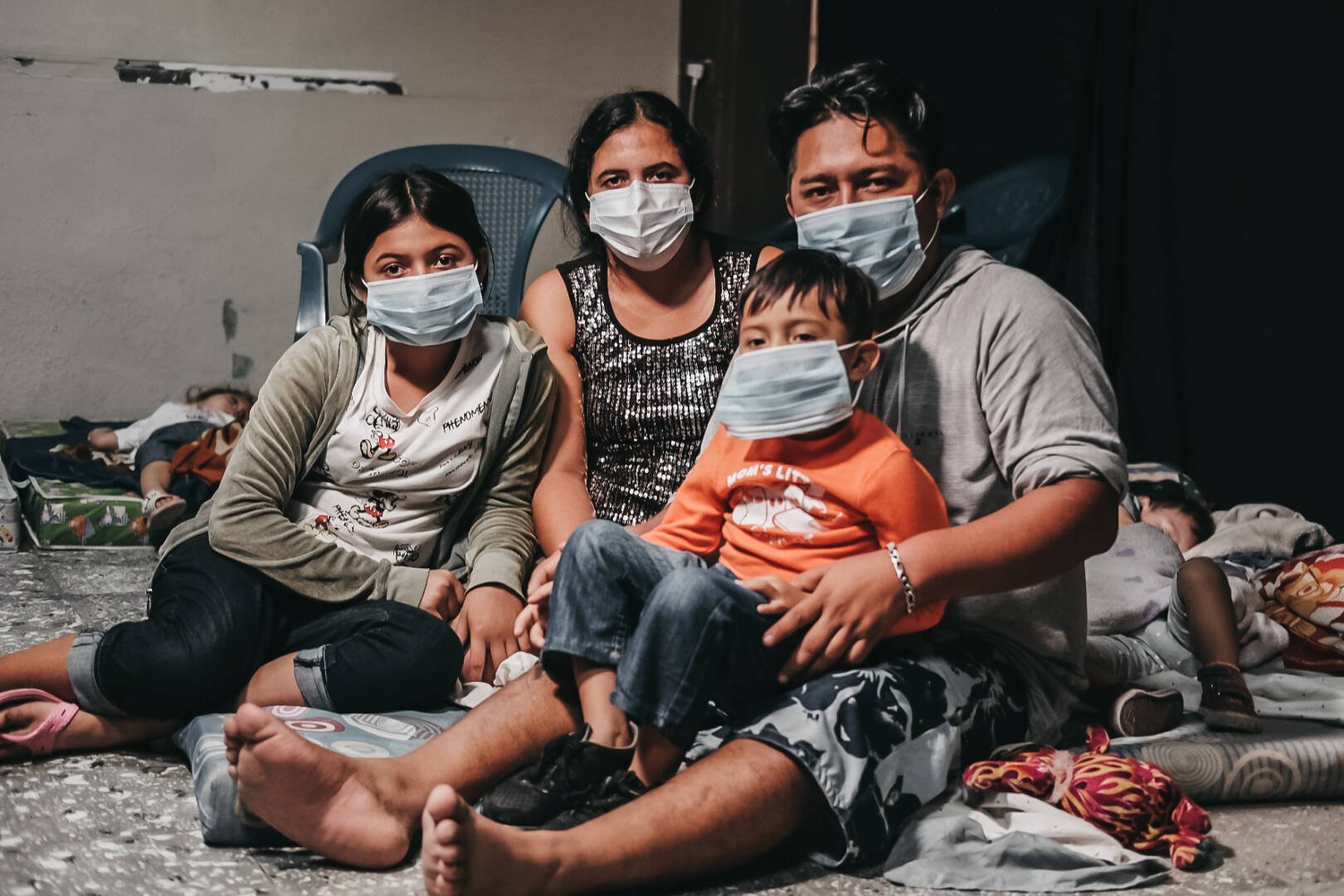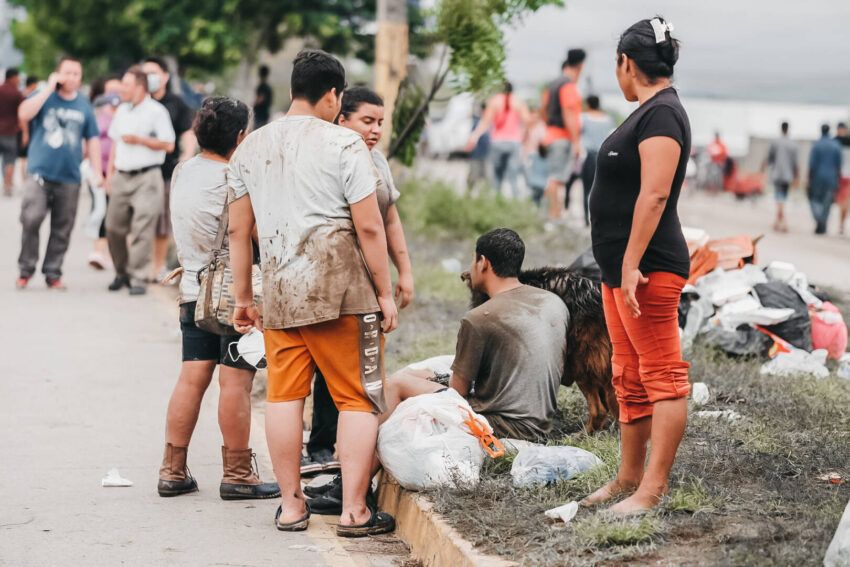Hurricane Eta ripped through Central America as a Category 4 storm with powerful winds of up to 150 miles per hour, unleashing heavy rains, flooding, and landslides. It then downgraded to a tropical storm as it churned toward the United States, hitting southern Florida and dumping more rain on already flooded areas. Learn the facts about Hurricane Eta, and join us in prayer for children and families affected.
Scores are missing and feared dead in Guatemala, where massive rain-fueled landslides buried homes in the central region of Alta Verapaz on Friday, November 6. At least 50 deaths have been confirmed in the country alone, according to the Associated Press.
“The initial estimate suggests 2,235,000 people may be impacted by the severe flooding,” says Joao Diniz, Latin America and the Caribbean regional leader for World Vision. “The flooding and winds have damaged roads, bridges, and communications infrastructure, isolating many communities.”
Amid the devastation in Central America, heroic scenes and survival stories surfaced:
- Emergency workers dropped supplies from helicopters to people stranded on rooftops in eastern Guatemala, where torrential rain has caused a mountainside to collapse into a small town, burying homes.
- Rescue workers carried children on their shoulders in a hard-hit area in Honduras, while floodwaters destroyed hundreds of homes and isolated dozens of communities when roads and bridges were washed out.
- Sixty fishermen from Honduras returned after disappearing for days at sea.
“We will not leave the area until we rescue the last person,” Honduran President Juan Orlando Hernandez told reporters in Honduras, according to Reuters.
Eta is the strongest storm to impact the region since Hurricane Mitch in 1998, when thousands of people were killed in Central America, primarily in Honduras and Nicaragua.

Hurricane Eta facts
Eta made landfall in Nicaragua on Tuesday as a Category 4 hurricane, the second strongest on the Saffir-Simpson hurricane wind scale, before weakening into a tropical depression a day later. The scale is a 1 to 5 rating based on a hurricane’s sustained wind speed.
Eta is the 12th hurricane of the Atlantic hurricane season, which started in June. When Eta formed in the Caribbean, it tied the 2005 record for the most named storms in a single Atlantic hurricane season at 28. Hurricanes Eta and Laura have been the strongest hurricanes of 2020. The hurricane season ends November 30.
In Honduras, Eta brought heavy rains and deadly mudslides.
Rafael Zaldívar, a World Vision staff member in Honduras, shares a firsthand account: “There are a lot of people sleeping by the edge of the streets and most of them don’t even have a pad. They are sleeping in nylon bags, which they use as a roof as well. The only clothes they have are the ones that they were wearing at the moment they had to leave.”

Government officials in Nicaragua and Honduras issued warnings for heavy rains and flooding, according to the National Hurricane Center. Eta also dumped heavy rains over the Cayman Islands, Cuba, and then Florida. Two deaths were reported in Nicaragua, and there were also reports of deaths in Costa Rica and Panama.

What is World Vision doing to help people affected by Hurricane Eta?
World Vision’s local emergency response teams have pre-positioned supplies around the world to ensure emergency teams can begin responding immediately.
In addition to pre-positioned items in multiple Latin American countries, there are regional supplies housed in Panama, a country rarely hit by hurricanes but centrally located in Latin America. Examples of the materials include blankets, tarps, mosquito nets, water purification tablets, and Hygiene Kits.
World Vision is working to provide food and emergency aid to children and families affected by Eta in Honduras, Nicaragua, El Salvador, and Guatemala.
In Honduras, World Vision staff are responding to communities in the most affected areas with food, basic supplies, and logistical assistance. At least 50 families have received emergency kits in emergency shelters in Tegucigalpa. Food distributions for nearly 11,000 people are planned for five communities.
In Nicaragua, at least eight communities have received emergency aid and an additional 1,000 families are expected to receive Hygiene Kits, food, mates, blankets, mosquito nets, containers, boots, and capes.
2020 Hurricane Eta timeline
October 31 — Tropical Storm Eta forms in the Caribbean.
November 2 — It strengthens to a hurricane and intensifies to a Category 4 storm throughout the day.
November 3 — Eta makes landfall in northeastern Nicaragua as a Category 4 storm.
November 8 — Eta, downgraded to a tropical storm, hits southern Florida, causing torrential rain and dangerous flooding.
How can I help people affected by disasters like Eta?
- Pray for children and families impacted by disasters like Hurricane Eta or in need: Merciful Counselor, we grieve with communities suffering from disasters and struggling to recover. Speed the restoration of community life so children can feel secure again. Give families strength and perseverance while they rebuild their homes and livelihoods. We pray for disaster survivors to find refuge in You.
- Give to provide life-saving aid to children and families following disasters.



